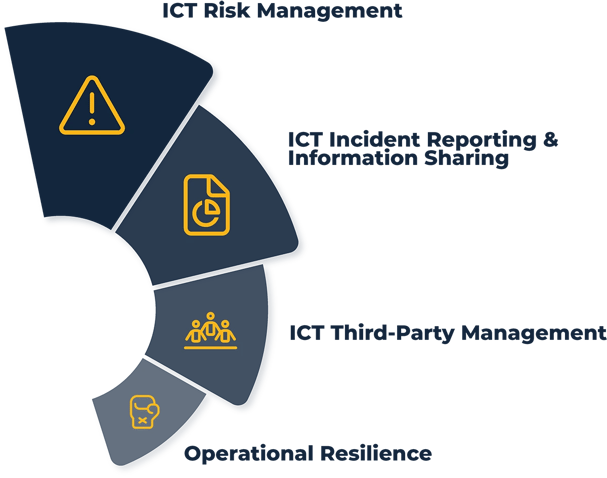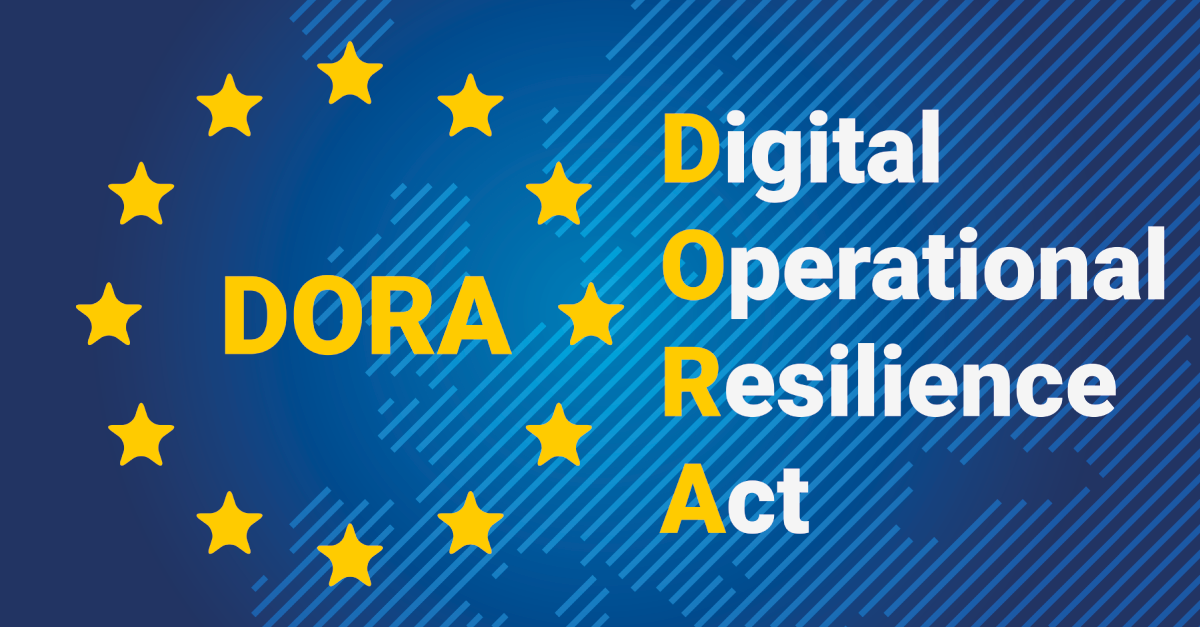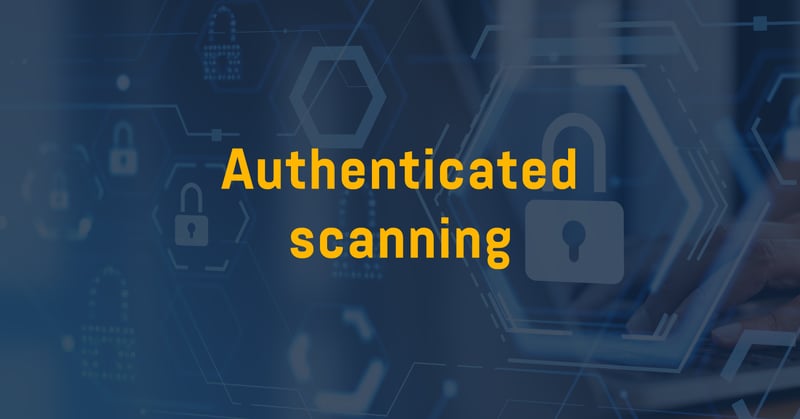What is the Digital Operational Resilience Act (DORA)?
The Digital Operational Resilience Act (DORA), or Regulation (EU) 2022/2554, addresses a crucial gap in EU financial regulation. DORA, mandates comprehensive protocols for ICT-related incidents, covering risk management, incident reporting, resilience testing, and third-party risk monitoring. It recognizes that even with sufficient capital, ICT incidents and insufficient operational resilience can destabilize the financial system. DORA represents a significant step forward in maintaining the stability of the EU's financial sector in an increasingly digital age.
"All companies within the financial sector need to act quickly and ensure compliance with the EU's new DORA regulation." - Stefan Thelberg, CEO at Holm Security

DORA's regulatory approach
The Digital Operational Resilience Act (DORA) is a key piece of European Union law that focuses on making the financial sector more secure and reliable.
Key features of DORA:
- Comprehensive management: Financial institutions must oversee a full range of safety measures. These include strategies for protection, detection, recovery, and fixing issues related to technology.
- Structured guidelines: DORA provides clear rules for:
-
- Managing technology risks
- Reporting incidents quickly
- Testing how resilient operations are
- Monitoring risks from third-party tech services
In simple terms, DORA aims to make sure financial organizations are well-prepared to handle technology-related issues, which helps to keep the financial system stable. DORA emphasizes the importance of risk management for organizations. Risk Management encourages companies to proactively identify and manage potential issues that could interfere with essential services. This involves understanding possible threats, identifying weak areas, and evaluating their potential impact on operations. By effectively managing these risks, organizations can enhance their defenses against cyber threats and reduce the chances and severity of service disruptions.
By staying on top of incident reporting, and setting up a strong risk management framework, organizations can boost their operational resilience. Coupling this with the oversight of competent authorities enables a proactive, coordinated response to disruptions. The end result? Adhering to the demands of DORA your organization can craft a more resilient digital ecosystem, fostering trust, stability, and uninterrupted services.
Breakdown
But let's break it down into simpler terms. DORA covers four main areas:
- ICT risk management: Companies have to set up internal rules to manage their digital risks effectively. The top management needs to approve these rules and make sure they're followed.
- Incident reporting: If something bad happens, like a cyber security incident, DORA has guidelines on how to report it. Companies must also figure out what caused the issue and how to prevent it from happening again.
- Testing: Companies need to run tests to make sure their risk management and incident reporting are solid. If they find any weak spots, they have to fix them right away.
- Third-party risks: DORA also wants companies to keep an eye on any outside services they use, like cloud providers. Companies should consider how important these services are and how risky it is to rely on them.
Timeframe: A phased rollout
The DORA framework was finalized in January 2023 and includes a 24-month window for implementation. This means that financial institutions and other organizations to which DORA applies must be fully compliant with its provisions by no later than January 2025. This phased rollout allows organizations ample time to develop and put in place the necessary strategies, systems, and processes to meet the regulation's stringent requirements.
Let's dive into the benefits that come with embracing DORA and how it sets the stage for a more resilient future.
Building trust, stability & confidence
In today's digital landscape, trust is everything. By adhering to DORA's resilience measures, organizations send a clear message to their customer base that data security and availability are not mere buzzwords but actionable metrics. This not only enhances an organization's reputation but also elevates the standard for the entire digital marketplace, fostering a business environment defined by stability and confidence.
Cultivating a culture of risk awareness & accountability
By putting transparency and accountability at the forefront, DORA not only fortifies operational resilience but also cultivates stakeholder trust. A 2020 McKinsey study indicated that businesses with strong operational resilience protocols are three times more likely to emerge from crises stronger. Let Transparency and accountability take center stage, so you and your stakeholders can rest easy, knowing that everyone is doing their part to strengthen operational resilience and build trust.
DORA & vulnerability management
The relationship between DORA (Digital Operational Resilience Act) and Vulnerability Management is intrinsic and collaborative. Both aim to enhance the operational resilience of an organization by pinpointing and addressing its weak spots, particularly in its digital infrastructure. In essence, DORA provides a blueprint for a holistic vulnerability management strategy, aimed at bolstering the resilience of your operations and, ultimately, the broader digital ecosystem. Its relevance to your business isn't just about regulatory compliance; it's about building a more secure, robust, and resilient digital infrastructure.
One of the key aspects that DORA guidelines bring to vulnerability management is the emphasis on consistency. Irregular or ad hoc approaches to monitoring can easily miss crucial vulnerabilities, leading to potential system failures or data breaches. By insisting on a regular, standardized monitoring process,
While the benefits and goals of DORA are clear-cut, including enhanced operational resilience and better defenses against cyber threats, achieving full compliance is no small feat. The complexity arises from the need to commit substantial resources—both human and technological—to meet DORA's stringent requirements. This entails not just a one-time investment but an ongoing commitment to advanced monitoring tools, workforce training, and frequent audits.
Given these challenges, the most efficient route to compliance and operational resilience is through adopting a specialized Vulnerability Management Platform. Such a platform can streamline the intricate processes of continuous monitoring, vulnerability assessment, and timely patch management. It acts as a centralized solution that not only aligns with DORA's mandates but also significantly reduces the manual effort and complexity involved in maintaining compliance. By choosing the right Vulnerability Management Platform, your organization can simplify the pathway to DORA compliance while bolstering their digital and operational security.
Take the next step
Are you ready to align your organization with DORA's guidelines and fortify your digital infrastructure? Don't wait for a security incident to take action. Contact our experts today for a comprehensive vulnerability assessment and roadmap to DORA compliance. Secure your future by investing in operational resilience now.







